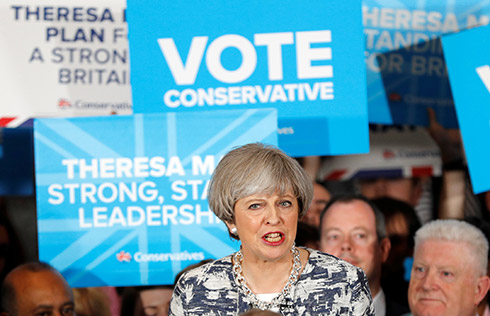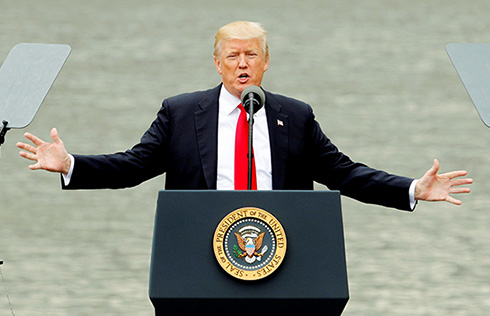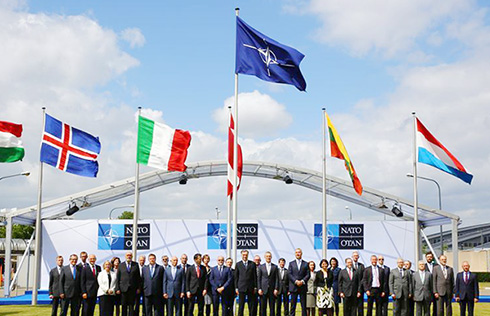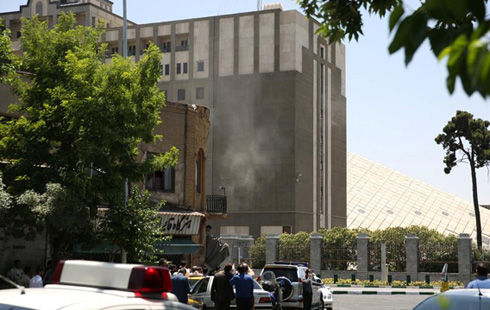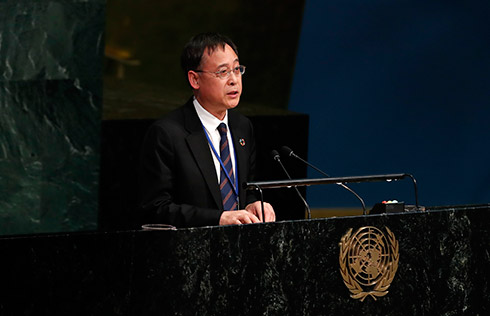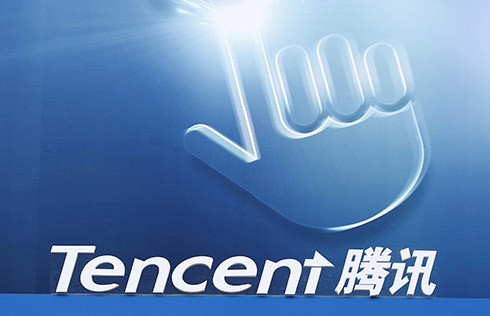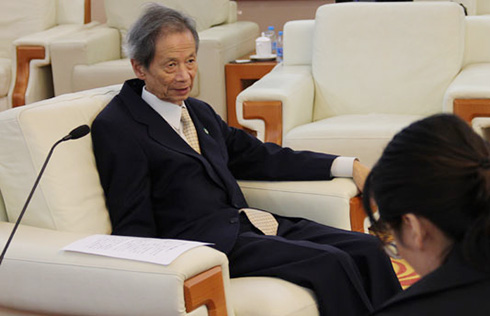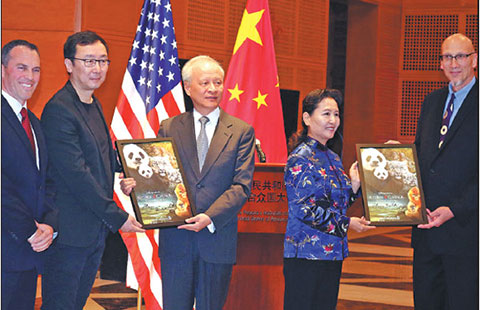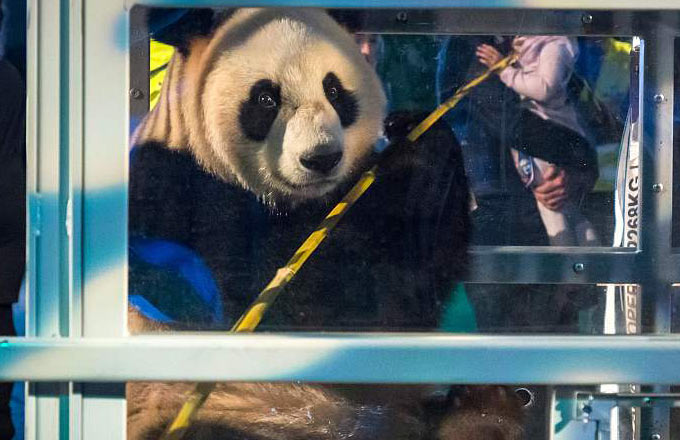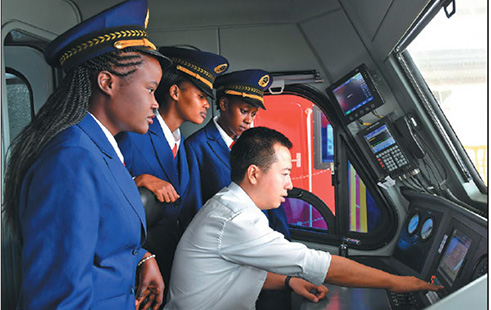China, Peru move to increase exchanges from the top down
The economic, political and cultural exchanges between China and Peru during the past two months, especially the meeting between presidents Xi Jinping and Pedro Pablo Kuczynski, signal a promising future for bilateral ties, according to Peruvian experts.
"I think the outcome of the visit has an impact on two different levels: The first is strategic, and the second, more concrete one is bilateral ties," said Rosario Santa Gadea, director of the Peru-China Studies Center at the University of the Pacific (UP).
Santa Gadea said she expected the strategic aspect of the Sept 12-16 visit, Kuczynski's first trip abroad since taking office, to have a trickle-down effect on the broader relationship.
In a strategic sense, "direct contact between the presidents, between the leadership at the highest level, promotes ties at other governmental levels and contributes to mutual knowledge, so from that point of view, the visit is key", said Santa Gadea.
In the joint interview, the vice-rector of research at UP, Cynthia Sanborn, said she believed the visit served to acknowledge China's significance to Peru as a trade partner.
"The president's trip to China is an important gesture of recognition of the importance of the relationship between the two countries," said Sanborn, adding that "polls also show the Peruvian public is very pleased by the visit".
To strengthen the relationship, Peru's "outlook on its future with China (centers on) diversification. That, say, is the outlook's keyword, because we need to leave behind the model of relationship in which we export raw materials and receive investment in extractive resources," said Santa Gadea.
To diversify its China-related production, Peru needs to industrialize its mining sector, she said.
"The idea is to be able to rise through the production chain by refining minerals in Peru," before exporting them to China, said Santa Gadea.
"One of the directions the visit took was to encourage Chinese investors to establish foundries and refineries that would lead to higher added-value exports. One way to do that would be to industrialize mining. Another way would be to diversify sectors in which there is Chinese investment, which seems to me presents an entire field to explore," said Santa Gadea.
Eduardo Ferreyros, Peru's minister of foreign commerce and tourism, who accompanied the president to Beijing, told reporters on Monday that this trip helped lay the groundwork for expanding ties in trade, tourism and investment.
In Beijing, Ferreyros met with his Chinese counterpart to discuss expanding a customs cooperation agreement designed to prevent smuggling; and Chinese investment in agriculture, agroindustry and tourism in Peru.
"We are encouraging Chinese hotel chains to establish themselves in Peru, to invest in hotels that have the particular features to attend to their citizens," said Ferreyrosadding that they will hold events in China to promote Peru.
To attract more Chinese tourism, Peru has changed its visa restrictions to allow Chinese leisure and business travelers to stay in the country for up to 150 days, he said.
In trade, China Eastern Airlines will likely be the carrier in charge of transporting Peru's first shipment of cranberries and prawns destined for the Chinese market, as well as other non-traditional exports, said the minister.
In October, officials from both countries expect to conclude a phytosanitary agreement to be signed in November at an upcoming summit of the Asia-Pacific Economic Cooperation (APEC) forum.
During the trip, Kuczynski expressed an interest in having Peru join the China-led Asian Infrastructure Investment Bank (AIIB), a move both academics support because an alternative lending institution, such as the AIIB, implies access to funding with better terms than those traditionally provided by the International Monetary Fund or World Bank.
In addition, Peru has recognized a need to invest in building up its infrastructure.
Kuczynski said the railway project linking Peru's Pacific port and Brazil's Atlantic coast is of great significance, and he hopes the two sides can conduct a feasibility study.
The project, if completed, will make it easier for exports from Latin America to reach China's Tianjin port city.
Driving the bilateral relationship is also an awareness that Peru can learn from China's experience in development, Peruvian experts said.
"The significant leap that (China) has made from being a poor country to being the power it is today ... is an inspiration" for Peru to "maintain strong and sustained growth that will allow us to make that development leap", said Santa Gadea.
"I think there is one experience that China can learn from us," said Sanborn. "Peru is a leader in South America in regulating extractive industries, mining and hydrocarbons.
"Peru has made great headway in transparency when it comes to oil companies, in terms of how much they contribute to the state and how much the state invests. It is also a leader in South America in first consulting with the indigenous communities" before launching mining or energy projects, she said.





